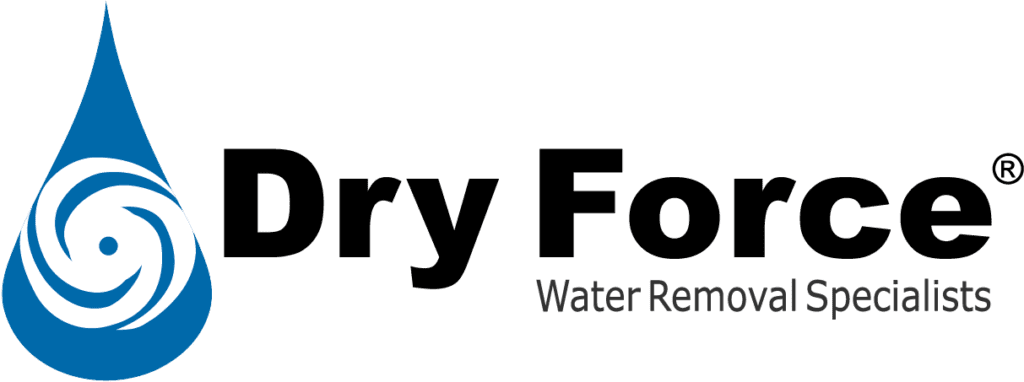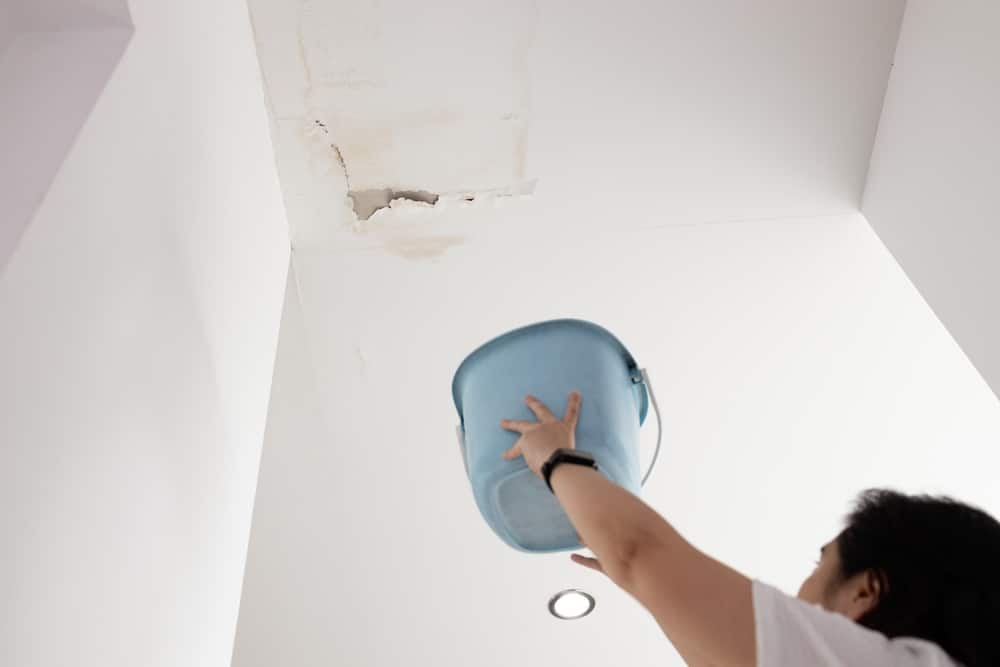
When water invades your home—whether from a burst pipe, roof leak, or flood—you can’t afford to waste time. Acting fast can help you prevent costly repairs, mold growth, and insurance complications. Here’s a clear, step-by-step guide on what to do after water damage so you can protect your home, your health, and your finances.
Following these water damage restoration steps can be the difference between minor, temporary damage and costly, long-lasting damage.
Table of Contents
Step 1: Stop the Flow of Water
Before anything else, stop the source of the water—if it’s safe to do so. The longer water flows, the more severe the damage becomes.
- Shut off the main water supply if the issue is internal (e.g., broken pipe or appliance overflow).
- If the problem is external, such as flooding from storms, try to divert the water away using sandbags or temporary barriers.
- If you live in an apartment building or shared property, notify maintenance immediately.
Once the flow has stopped or slowed, you’re in a better position to assess and take action.
Step 2: Ensure Safety
Water damage can introduce serious hazards into your home. Safety should be your top priority throughout our water damage restoration checklist, so don’t wade into standing water without checking for:
- Electrical hazards: Shut off power to affected rooms from your main breaker panel.
- Structural integrity: Ceilings and walls saturated with water can collapse. Look for bulges or sagging.
- Contaminants: If the source is sewage or outdoor flooding, the water may be hazardous to your health.
When in doubt, evacuate the area and contact the professionals at Dry Force. Safety concerns often escalate during a water damage emergency, and trying to DIY cleanup too early can be dangerous.
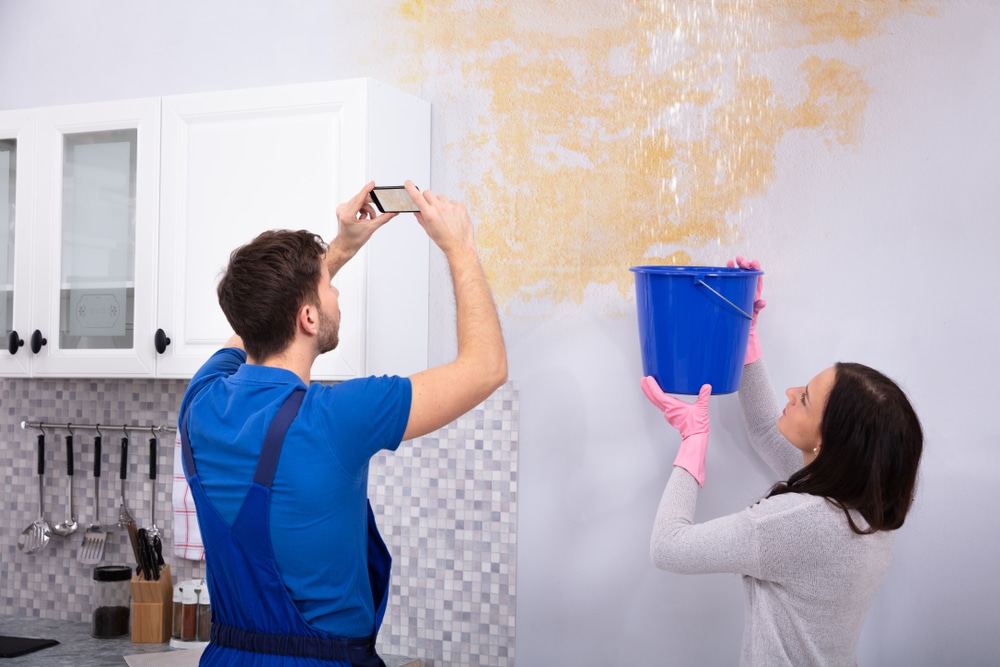
Step 3: Document Damage & Call Your Insurance
Before cleaning or moving anything, document every detail of the damage. This is crucial to filing a successful claim.
How to Document Water Damage
- Take wide and close-up photos of all affected rooms and items.
- Record video walkthroughs showing the extent of the damage.
- Note the source and timeline of the event (if known).
Once documented, contact your insurance provider and open a claim. Be prepared to provide:
- Your policy number
- The date/time of the incident
- Documentation of damages
- A list of affected items or areas
Pro tip: Keep a copy of your homeowner’s insurance coverage handy and know what’s excluded (e.g., flooding vs. burst pipes).
Step 4: Call a Water Damage Restoration Company
Once your water damage has been documented, bring in the experts. Dry Force will assess the severity of the damage, stop additional issues, and start repairs right away.
Here’s why it matters:
- Hidden moisture can cause structural rot and mold.
- Specialized drying equipment reduces downtime and prevents secondary damage.
- Restoration pros can assist with insurance documentation and communication with the adjuster.
If your entire home is affected, Dry Force provides comprehensive solutions, including flood damage restoration. Don’t wait—prompt action reduces long-term risks and gets your home on the path to recovery.
With Dry Force, efficient, full-service water damage restoration is always just a call away.

Step 5: Start Removing Standing Water
Removing water quickly is critical. Left untreated, standing water can lead to:
- Foundation damage
- Warped flooring
- Contaminant spread
- Electrical risks
If there’s a large amount of water, professionals will use industrial pumps and vacuums to remove and dry it. For smaller events, a wet/dry shop vacuum may suffice. Always wear protective gear when entering affected areas.
Understanding Water Damage Categories and Classes
Not all water damage is equal. Restoration professionals categorize damage to determine safety risks and outline the necessary cleanup procedures.
Knowing the category and class of water damage helps inform insurance discussions and drying protocols. It also underscores the importance of professional remediation services in restoring your home or business.
| Water Damage Category | Source Type | Example |
|---|---|---|
| Category 1 | Clean Water | Broken Supply Lines |
| Category 2 | Gray Water (some contaminants) | Dishwasher or Washing Machine overflow |
| Category 3 | Black Water (hazardous) | Sewage Backup, flood water |
| Water Damage Class | Description |
|---|---|
| Class 1 | Minimal absorption (small areas) |
| Class 2 | Affects walls, carpets, and cushions |
| Class 3 | Ceilings, insulation, and extensive water damage |
| Class 4 | Specialty drying needed (e.g., concrete, crawl spaces) |
Step 6: Dry Out the Area
Even after standing water is removed, lingering moisture can hide behind walls, under floors, and in porous materials. Thoroughly drying out the area is essential to prevent structural decay and mold growth.
Steps to dry your home effectively:
- Open windows and use fans to increase ventilation (if weather permits).
- Run dehumidifiers in affected rooms to pull moisture from the air.
- Remove the baseboards and cut small holes in the drywall to increase airflow, if necessary.
- Uplift wet carpet and padding—these likely need to be replaced.
Professionals use moisture meters to ensure all affected materials are truly dry. Don’t rely on feel or guesswork, as hidden dampness is a costly, silent threat.
Step 7: Check For Mold Growth
Mold can begin growing within 24–48 hours after a water event. If caught early, it can be removed safely. If not, it may spread quickly and pose health risks, especially for children, seniors, or people with allergies.
Look for early signs of mold:
- Musty smells
- Discoloration on walls, ceilings, or fabrics
- Visible black or green patches near wet areas
If mold is present or if humidity levels remain high, call Dry Force a professional mold remediation. Our team will isolate affected areas, use HEPA filtration, and safely remove all traces.
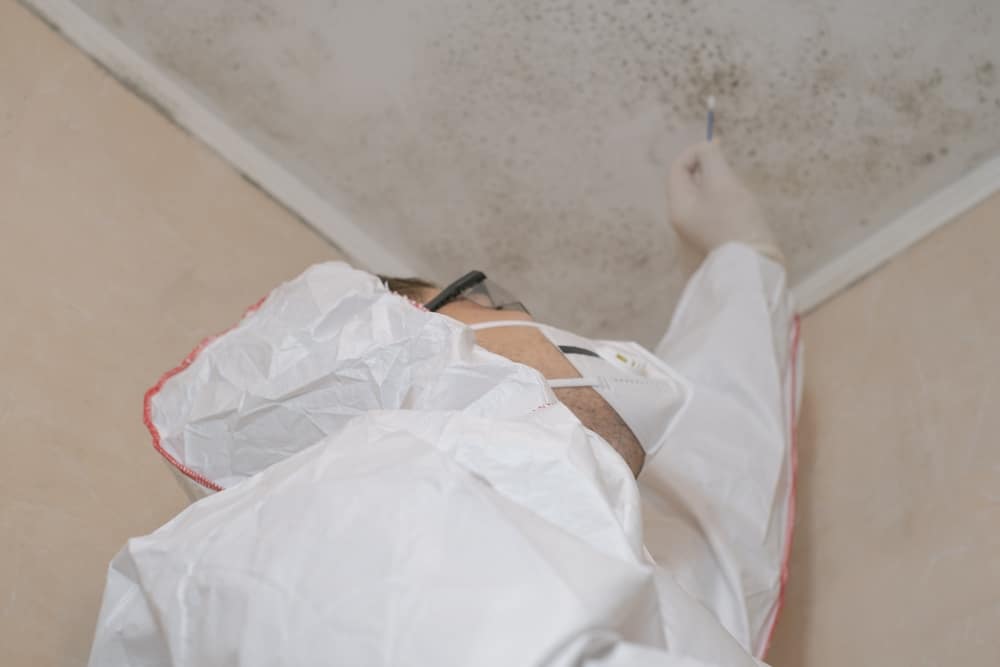
How to Prevent Mold After Water Damage
Even if you don’t see mold now, prevention is key. Take these steps as your home dries:
- Keep indoor humidity below 50% using dehumidifiers.
- Clean and disinfect all surfaces that came into contact with water.
- Discard wet drywall, ceiling tiles, insulation, and carpet padding if saturated.
- Inspect hidden areas like attics, under sinks, and crawl spaces.
For insights on high-risk areas, check out the Common Spots For Water Damage that homeowners often miss.
Step 8: Salvage Contents & Valuables
After protecting your home’s structure, it’s time to focus on your belongings. Not everything can be saved, but with quick action, you can recover important items.
How to Salvage Water-Damaged Items
- Separate wet and dry items to prevent cross-contamination.
- Air-dry damp photos, books, and documents using wax paper between pages.
- Wipe down hard surfaces (like furniture and electronics) with disinfectant.
- Clean and sanitize fabric-based items—some can be washed, others may need to be professionally restored.
- Dispose of porous materials like mattresses, pillows, and upholstered furniture that were exposed to contaminated water.
Be sure to photograph and document any discarded items for insurance purposes. Keep receipts for cleaning or replacement, as these may all be reimbursable under your policy.
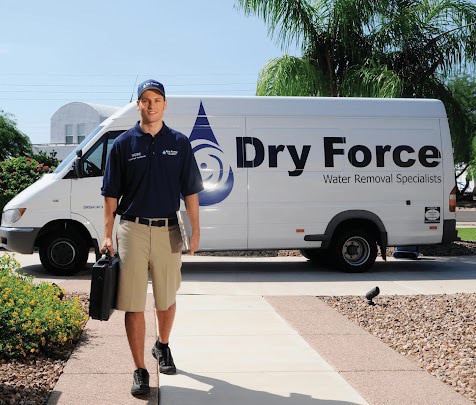
Dry Force Has Your Back With Water Damage Restoration Services
Water damage isn’t just an inconvenience—it’s a threat to your home’s safety, value, and health. At Dry Force, we take the guesswork out of recovery with fast, full-service solutions that put your peace of mind first. When following the water damage restoration steps, remember that we are always here to make the restoration process go smoothly.
Whether you’re facing a burst pipe, storm-related flooding, or signs of mold, our team is ready to respond to water damage in your house with:
- 24/7 response for water damage emergencies
- Complete water damage restoration services
- Targeted flood damage solutions
- Expert mold remediation and prevention
- Help identifying the most common spots for water damage
We serve homeowners and property managers throughout Texas with industry-certified technicians, advanced equipment, and claims-focused documentation.
Contact Dry Force today to restore your home to its pre-loss condition faster, cleaner, and safer.
